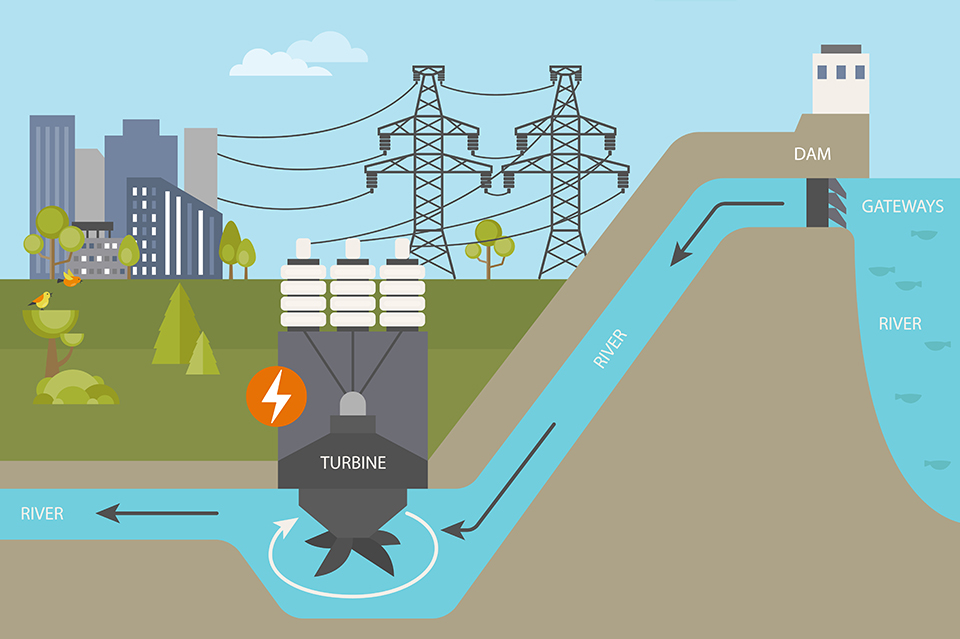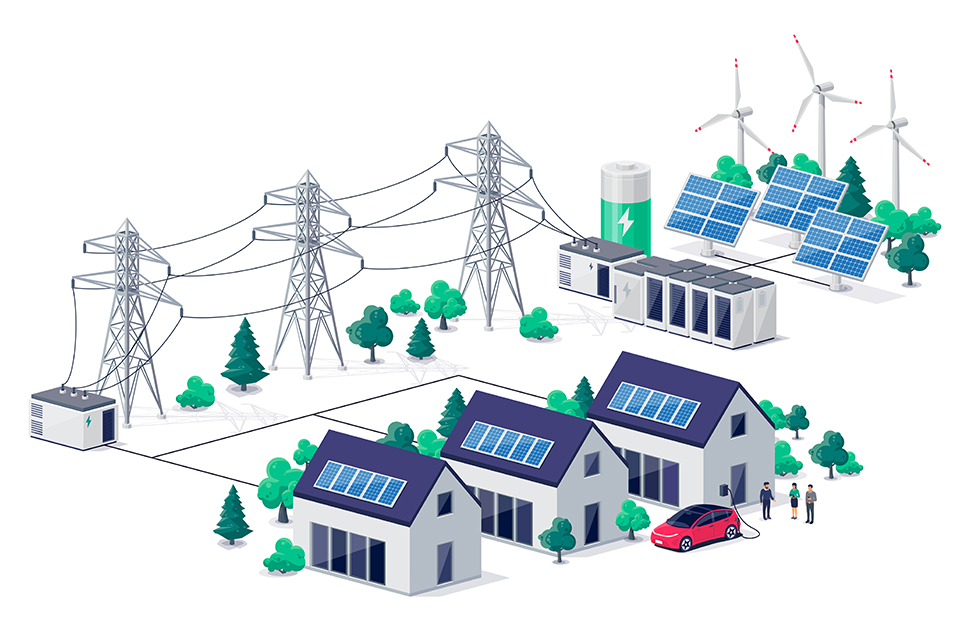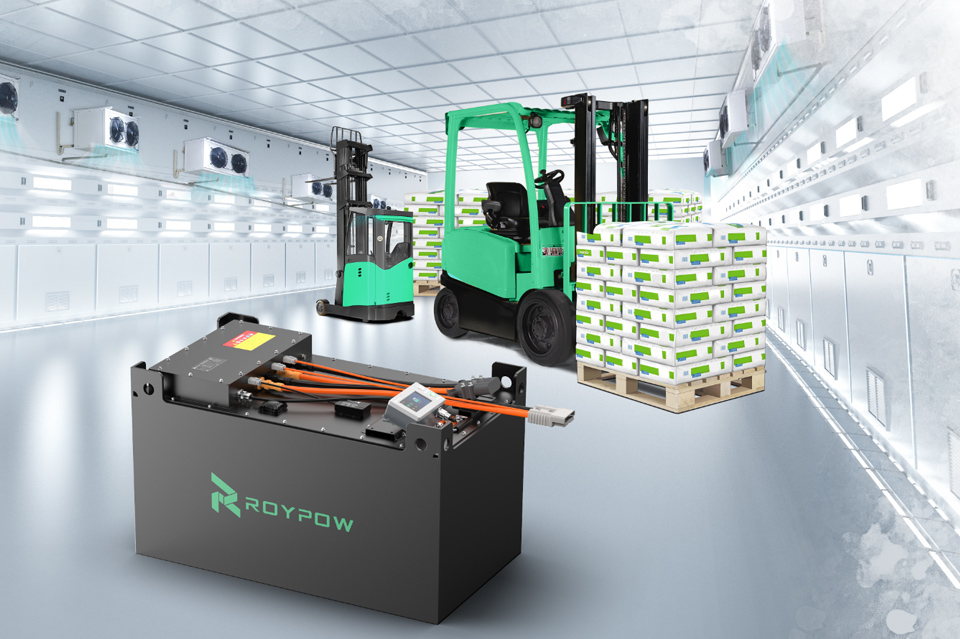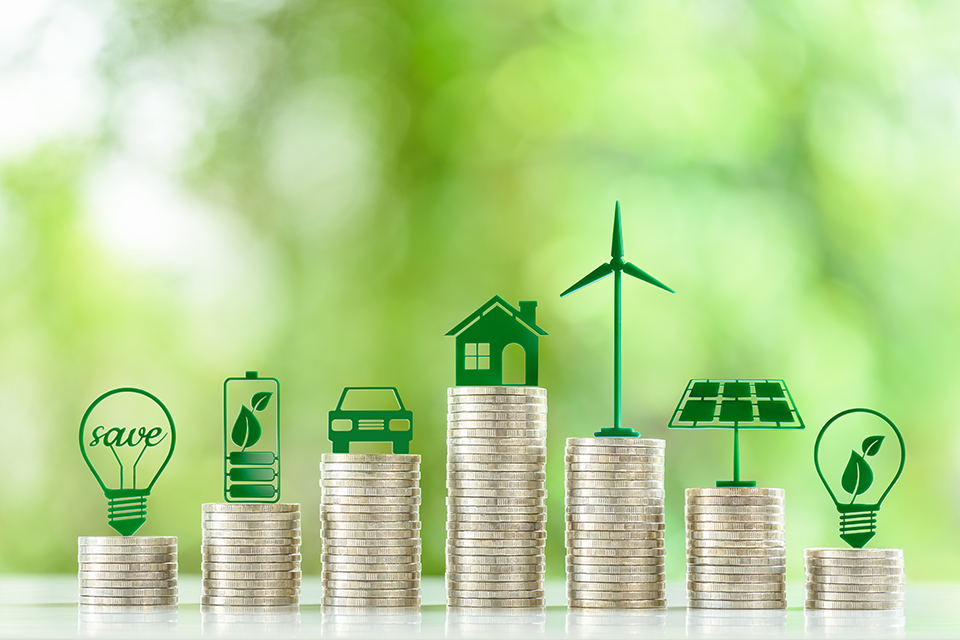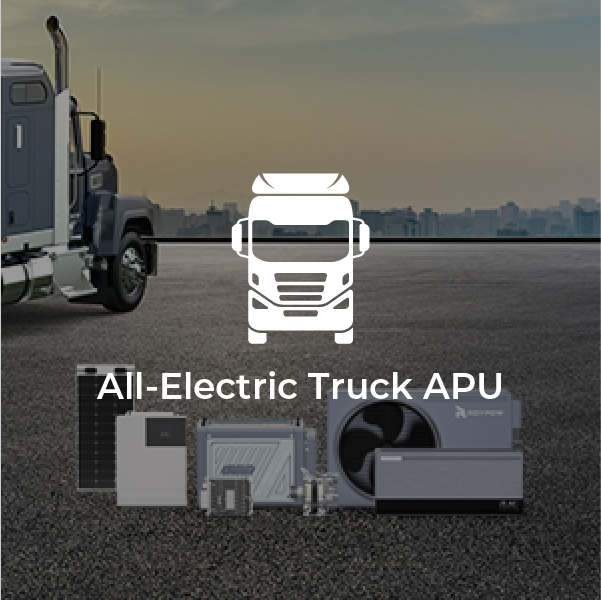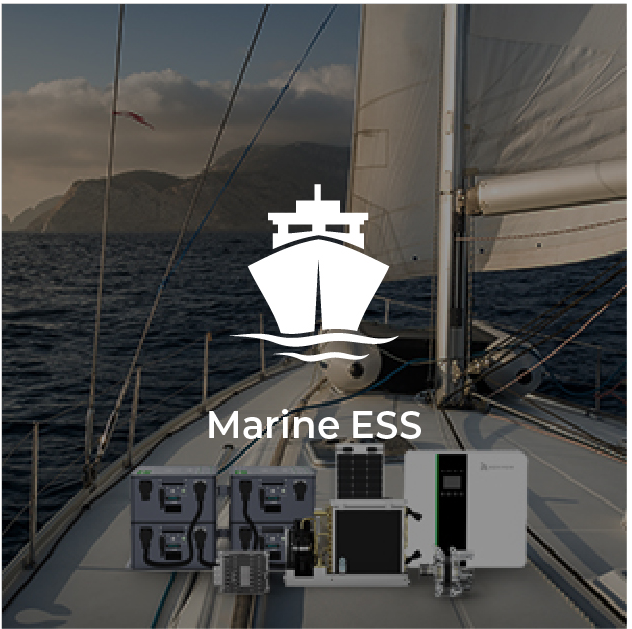Over the past 50 years, there has been a continuous increase in global electricity consumption, with an estimated usage of around 25,300 terawatt-hours in the year 2021. With the transition towards industry 4.0, there is an increase in energy demands throughout the world. These numbers are increasing each year, not including the power requirements of industrial and other economic sectors. This industrial shift and high-power consumption are coupled with more tangible climate change effects due to excessive emissions of greenhouse gases. Currently, most power generation plants and facilities rely heavily on fossil fuel sources (oil and gas) to meet such demands. These climate concerns prohibit additional energy generation using conventional methods. Thus, the development of efficient and reliable energy storage systems has become increasingly important to ensure a continuous and reliable supply of energy from renewable sources.
The energy sector has responded by shifting towards renewable energy or “green” solutions. The transition has been helped by improved manufacturing techniques, leading for example to more efficient manufacturing of wind turbine blades. Also, researchers have been able to improve the efficiency of photovoltaic cells, leading to better energy generation per usage area. In 2021, electricity generation from solar photovoltaic (PV) sources increased significantly, reaching a record 179 TWh and representing a growth of 22% compared to 2020. Solar PV technology now accounts for 3.6% of global electricity generation and is currently the third largest renewable energy source after hydropower and wind.
However, these breakthroughs do not solve some of the inherent drawbacks of renewable energy systems, mainly availability. Most of these methods do no produce energy on demand as coal and oil power plants. Solar energy outputs are for example available throughout the day with variations depending on sun irradiation angles and PV panel positioning. It cannot produce any energy during the night while its output is significantly reduced during winter season and on very cloudy days. Wind power suffers as well from fluctuations depending on the wind speed. Therefore, these solutions need to be coupled with energy storage systems in order to sustain energy supply during low output periods.
What are energy storage systems?
Energy storage systems can store energy in order to be used at a later stage. In some cases, there will be a form of energy conversion between stored energy and provided energy. The most common example is electric batteries such as lithium-ion batteries or lead-acid batteries. They provide electric energy by way of chemical reactions between the electrodes and the electrolyte.
Batteries, or BESS (battery energy storage system), represent the most common energy storage method used in daily life applications. Other storage system exists such as hydropower plants that convert the potential energy of water stored in a dam into electric energy. The water falling down will turn the flywheel of a turbine that produces electric energy. Another example is compressed gas, upon release the gas will turn the wheel of the turbine producing power.
What separates batteries from the other storage methods is their potential areas of operation. From small devices and automobile power supply to household applications and large solar farms, batteries can be integrated seamlessly to any off-grid storage application. On the other hand, hydropower and compressed air methods require very large and complex infrastructures for storage. This leads to very high costs that requires very large applications in order for it to be justified.
Use cases for off-grid storage systems.
As mentioned previously, off-grid storage systems can facilitate the usage and reliance on renewable energy methods such as solar and wind power. Nonetheless, there are other applications that can greatly benefit from such systems
City power grids aim to provide the right amount of power based on the supply and demand of each city. The power required can fluctuate throughout the day. Off-grid storage systems have been used to attenuate fluctuations and provide more stability in cases of peak demand. From a different perspective, off-the grid storage systems can be highly beneficial to compensate for any unforeseen technical fault in the main power grid or during scheduled maintenance periods. They can meet power requirements without having to search for alternative energy sources. One can cite for example the Texas ice storm in early February 2023 that left approximately 262 000 people without power, while repairs were delayed due to the difficult weather conditions.
Electric vehicles are another application. Researchers have poured a lot of effort to optimize battery manufacturing and charging/discharging strategies in order to extent the lifespan and power density of batteries. Lithium-ion batteries have been on the forefront of this small revolution and have been used extensively in new electric cars but also electric buses. Better batteries in this case can lead to a bigger mileage but also reduced charging times with the right technologies.
Other technological advancement likes UAVs and mobile robots have greatly benefited from battery development. There motion strategies and control strategies rely heavily on the battery capacity and power provided.
What is a BESS
BESS or battery energy storage system is an energy storage system that can be used to store energy. This energy can come from the main grid or from renewable energy sources such as wind energy and solar energy. It is composed of multiple batteries arranged in different configurations (series/parallel) and sized based on the requirements. They are connected to an inverter that is used to convert the DC power to AC power for usage. A battery management system (BMS) is used to monitor the battery conditions and the charging/discharging operation.
Compared to other energy storage systems, they are particularly flexible to place/connect and do not require a highly expensive infrastructure, but they still come at a considerable cost and require more regular maintenance based on the usage.
BESS sizing and usage habits
A crucial point to tackle when installing a battery energy storage system is sizing. How many batteries are needed? In what configuration? In some cases, the type of battery can play a crucial role on the long run in terms of cost savings and efficiency
This is done on a case-by-case basis as applications can range from small households to large industrial plants.
The most common renewable energy source for small households, especially in urban areas, is solar using photovoltaic panels. The engineer would in general consider the average power consumption of the household and asses the solar irradiance across the year for the specific location. The number of batteries and their grid configuration is chosen to match the household demands during the lowest solar power supply of the year while not entirely draining the batteries. This is assuming a solution to have complete power independency from the main grid.
Keeping a relatively moderate state of charge or not completely discharging the batteries is something that might be counter intuitive at first. After all, why use a storage system if we cannot extract it full potential? In theory it is possible, but it might not be the strategy that maximizes the return on investment.
One of the main disadvantages of BESS is the relatively high cost of batteries. Therefore, choosing a usage habit or a charging/discharging strategy that maximizes the battery lifespan is essential. For example, lead acid batteries cannot be discharged below 50% capacity without suffering from irreversible damage. Lithium-ion batteries have higher energy density, long cycle life. They can also be discharged using larger ranges, but this comes at a cost of increased price. There is a high variance in cost between different chemistries, lead acid batteries can be hundreds to thousands of dollars cheaper than a lithium-ion battery of the same size. This is why lead acid batteries are the most used in solar applications in 3rd world countries and poor communities.
The battery performance is heavily affected by degradation during its lifespan, it does not have a steady performance that ends with sudden failure. Instead, the capacity and provided can fade progressively. In practice, a battery lifespan is considered to have ran out when its capacity reaches 80% of its original capacity. In other words, when it experiences a 20% capacity fade. In practice, this means a lower amount of energy can be provided. This can affect usage periods for fully independent systems and the amount of mileage an EV can cover.
Another point to consider is safety. With advances in manufacturing and technology, recent batteries have in general been more stable chemically. However due to degradation and abuse history, cells can go into thermal runaway which can lead to catastrophic results and in some cases put the consumers’ life in danger.
This is why companies have developed better battery monitoring software (BMS) to control battery usage but also monitor the state of health in order to provide timely maintenance and avoid aggravated consequences.
Conclusion
Of the grid-energy storage systems provide a great opportunity to achieve power independence from the main grid but also provide a backup source of power during downtimes and peak load periods. There development would facilitate the shift towards greener energy sources, thus limiting the impact of energy generation on climate change while still meeting the energy requirements with constant growth in consumption.
Battery energy storage systems are the most commonly used and the easiest to configure for different everyday applications. Their high flexibility is countered by a relatively high cost, leading to the development of monitoring strategies to prolong the respective lifespan as much as possible. Currently, industry and academia are pouring a lot of effort to investigate and understand battery degradation under different conditions.
Related article:
Customized Energy Solutions – Revolutionary Approaches to Energy Access
Maximizing Renewable Energy: The Role of Battery Power Storage
Advancements in battery technology for marine energy storage systems


